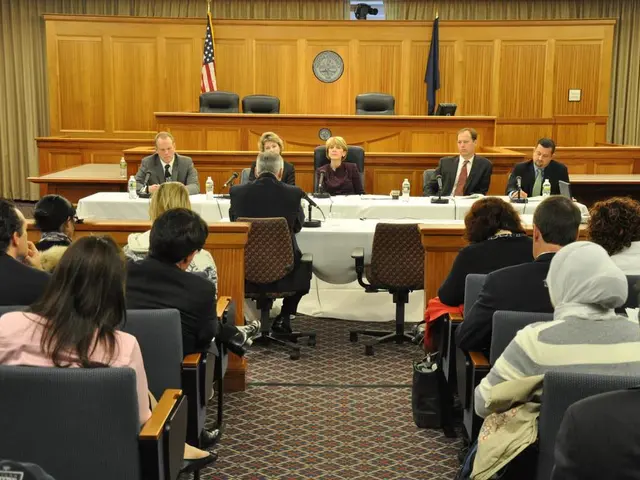Fed Cuts Key Rate, Divided Officials Weigh Unemployment vs Inflation Risks
The Federal Reserve has reduced its key interest rate by a quarter-point, settling at around 4.1%. This decision, made at the September meeting, was met with both support and dissent among Fed officials, reflecting a deep division over the appropriate rate level. Meanwhile, the risk of rising unemployment has increased, while inflation risks have eased since July.
Chair Jerome Powell acknowledged the uncertainty in rate decisions, stating there's no risk-free path. Some officials thought rates could have been kept unchanged, while others, like Stephen Miran, dissented and advocated for a larger, half-point cut. Miran believes inflation will steadily decline towards the Fed's 2% target, despite tariffs. Rate cuts can lower borrowing costs for mortgages, auto loans, and business loans, encouraging more spending and hiring.
The Fed's move comes as unemployment risks worsen, with inflation risks either diminishing or not increasing significantly. Many officials remain concerned about stubbornly high inflation, leading to a stark division in opinion. At the September meetings, Miran was the sole advocate for a half-percentage-point cut, outvoted 11 to 1 by other voting members who approved a quarter-point reduction. Most officials still support further rate reductions this year.
The Fed's quarter-point cut aims to balance unemployment and inflation risks. Despite the dissent, most officials remain open to further reductions this year. The next meeting will likely provide more clarity on the Fed's stance, as officials continue to navigate the complex economic landscape.





